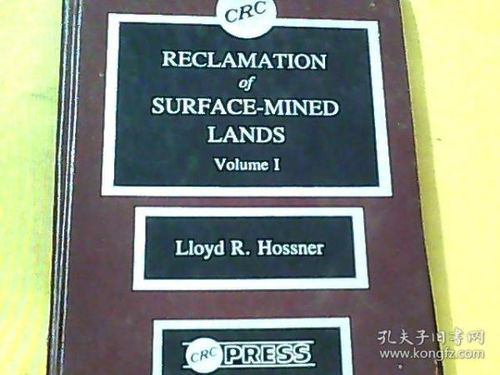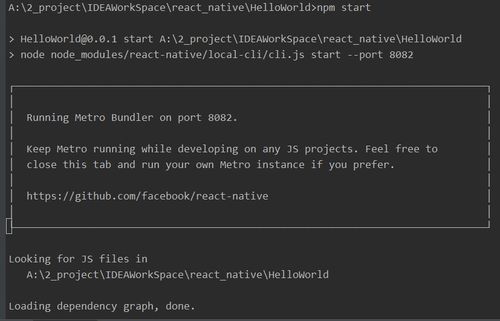Diamond Sanding Pads for Concrete: A Comprehensive Guide
When it comes to concrete surfaces, achieving a smooth and polished finish is essential. Diamond sanding pads have emerged as a popular choice for professionals and DIY enthusiasts alike. These pads are designed to provide an efficient and effective way to grind, sand, and polish concrete. In this article, we will delve into the details of diamond sanding pads for concrete, covering their features, benefits, usage, and maintenance.
Understanding Diamond Sanding Pads

Diamond sanding pads are abrasive tools that utilize diamond particles to remove material from concrete surfaces. Unlike traditional sandpaper, which uses silicon carbide or aluminum oxide grains, diamond sanding pads offer several advantages. The diamond particles are much harder and more durable, allowing for faster material removal and a longer lifespan of the pad.
These pads come in various shapes, sizes, and grit levels, making them versatile for a wide range of applications. The most common shapes include circular, rectangular, and diamond-shaped pads. The size of the pad depends on the specific tool or machine it is intended to be used with. Grit levels range from coarse to fine, with coarser grits used for material removal and finer grits for finishing and polishing.
Benefits of Diamond Sanding Pads for Concrete

There are several benefits to using diamond sanding pads for concrete:
- Efficiency: Diamond sanding pads are highly efficient in removing material from concrete surfaces. They can grind and sand large areas in a shorter amount of time compared to traditional sandpaper.
- Longevity: The diamond particles in these pads are extremely durable, resulting in a longer lifespan than traditional sandpaper. This makes them a cost-effective choice for frequent use.
- Smooth Finish: Diamond sanding pads provide a smooth and consistent finish, which is ideal for achieving a polished look on concrete surfaces.
- Versatility: These pads can be used on various concrete surfaces, including floors, walls, and countertops.
How to Use Diamond Sanding Pads for Concrete

Using diamond sanding pads for concrete is a straightforward process. Here are the steps to follow:
- Prepare the Surface: Clean the concrete surface to remove any dirt, debris, or previous coatings. Ensure the surface is dry before beginning the sanding process.
- Select the Right Pad: Choose a diamond sanding pad that matches the grit level and shape required for your specific application.
- Attach the Pad: Secure the pad to your sanding tool, such as an angle grinder or a floor sander.
- Start Sanding: Apply even pressure while sanding the concrete surface. Move the pad in a consistent pattern to avoid creating uneven or scratch marks.
- Change Pads as Needed: Replace the pad when it becomes clogged with debris or when the desired finish is achieved.
Maintenance and Care
Proper maintenance and care are essential for extending the lifespan of diamond sanding pads:
- Clean the Pads: After each use, clean the pads with a brush or compressed air to remove debris and dust.
- Store the pads in a dry, cool place to prevent damage from moisture and extreme temperatures.
- Inspect Regularly: Check the pads for any signs of wear or damage, and replace them as needed.
Conclusion
Diamond sanding pads for concrete are a valuable tool for achieving a smooth and polished finish on various concrete surfaces. With their efficiency, durability, and versatility, these pads are an excellent choice for professionals and DIY enthusiasts alike. By following the proper usage and maintenance guidelines, you can ensure that your diamond sanding pads provide optimal performance and longevity.
| Shape | Size | Application |
|---|---|---|
| Circular | 4-6 inches | Angle grinders, floor sanders |
| Rectangular | 6-12 inches |










